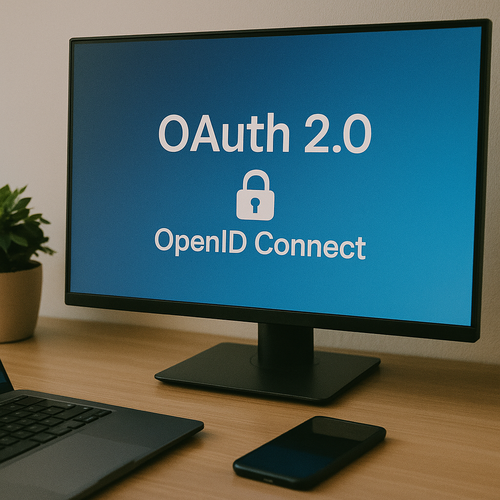
Modern API integrations require not only reliable protection, but also a convenient mechanism for delegating access. We implement full support for OAuth 2 protocols. 0 and OpenID Connect, which allow you to authorize users and systems through a secure and standardized scheme.
This is especially true if you are working with external applications, corporate systems, want to implement SSO (single sign-on) or provide access to resources without disclosing your login and password.
What is implemented
| Component | Application Options and Scenarios |
|---|---|
| OAuth 2. 0 | Delegating API Access Without Passing Credentials |
| OpenID Connect | OAuth 2 extension. 0 with authentication and ID token transfer support |
| Authorization Code Flow | Secure code-to-token exchange (recommended for web applications) |
| PKCE | Secure authorization for mobile and SPA clients |
| SSO (Single Sign-On) | Support for single sign-on through an external provider or corporate IdP |
Technical features
Authorization through access tokens ('access _ token') and updates ('refresh _ token')- JWT-based ID token (signed and verifiable)
- Compatible with Google, Microsoft, Keycloak, Auth0 and other IdPs
- Support for encryption, scope, timeouts, token revocation
- The ability to connect custom providers according to the OpenID specification
Benefits for developers and operators
Secure authentication without storing passwords- Convenient work with external applications and services
- Support for mobile, web, and server clients
- Centralized access control and audit
- Expanding integrations through compatibility with third-party providers
Where especially important
Enterprise environments with Active Directory or Keycloak- Mobile and SPA applications
- Platforms with authorization of external users or operators
- Integration with third parties without direct access to the user base
OAuth 2. 0 and OpenID Connect is the gold standard for authorization and authentication. You get security, scalability and compatibility with global services - without too much complexity.
Contact Us
Fill out the form below and we’ll get back to you soon.









